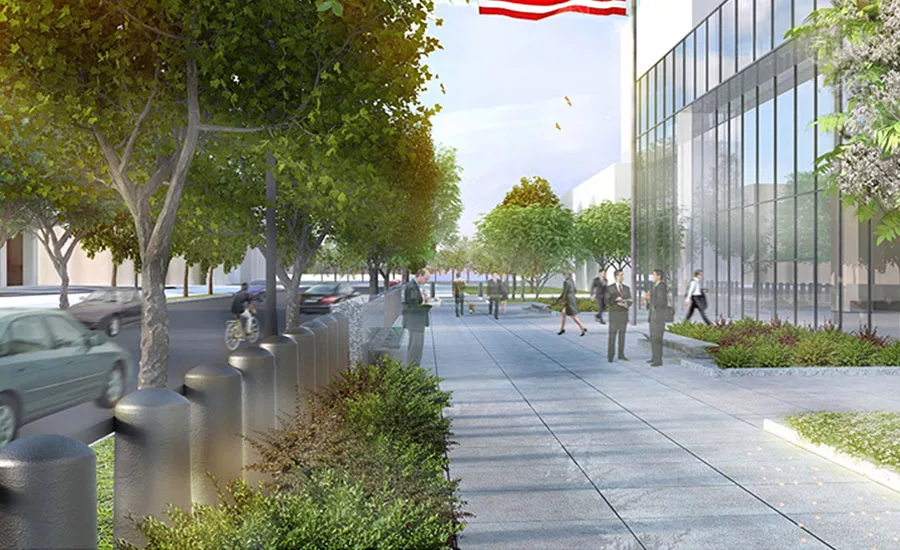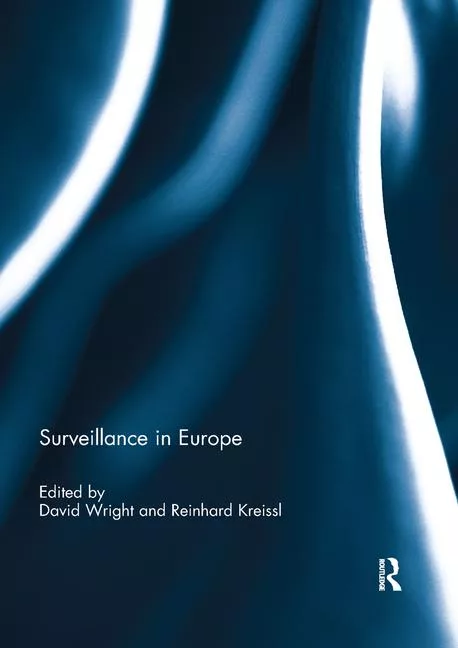New Capabilities in Smart Surveillance Helps Security Contribute to Building Wellness

The Internet of Things (IoT) continues to be a driving force behind smart buildings, with the ability to optimize all areas of building operations – from HVAC to surveillance, offering massive potential for facility owners and system integrators to create added value for customers. While goals such as reducing energy consumption and space utilization are still priorities, building owners and operators are searching for solutions to help make workspaces and common areas safe and useable, abiding by new health and safety guidelines. Security professionals are also searching for ways to leverage and augment their technology infrastructure to contribute to the overall safety of their facility, beyond the traditional capabilities of access control and surveillance.
Through advances in smart building technology, a wide range of devices and systems can be connected to form smart ecosystems. These include security cameras, which are already used in almost every commercial property today and have the potential to make commercial buildings not only more secure and safe for visitors and staff, but more efficient. These developments in camera technology now allow cameras to provide data-rich video, while smart apps on the device can analyze the data and trigger appropriate actions – bringing myriad benefits to commercial spaces.
Improve Visitor Management and Uphold Health and Safety Guidelines
In a commercial building, such as a high-rise office building that might see thousands of people enter and exit every day, there might now be regulations with regard to social distancing and occupancy limits to uphold. Smart camera applications can help make these types of processes as smooth as possible, by ensuring that the right number of users are accessing the facility while maintaining a safe distance and wearing proper facial protection.
Data provided by these devices assists security managers, landlords and building managers in effectively organizing foot traffic, while adhering to social distancing guidelines and building occupancy limitations. People counting or flow detection applications can improve building or lobby design in terms of furniture placement or removal of obstructions that cause bottlenecking at the base of escalators, in stairwells, or cause chokepoints at access points. Conversely, as many businesses are considering adopting a longer-term virtual workforce model, smart security camera applications can help facility managers evaluate facility usage for space utilization or real estate decisions.
The management of visitors is particularly important for organizations such as large medical institutions, with plenty of opportunities for smart surveillance systems. Visitors, when arriving at an institution such as a hospital can often have difficulty finding their way to their intended room or department. Computer vision solutions are integral, offering the ability to lead a person from the entrance of a building to their destination – without added assistance from facility staff or excessive signage.
Improve Tenant and Employee Experience
Smart cameras can improve user experience in commercial spaces by adapting air conditioning levels to room occupancy. By detecting how many people are in one location over a certain period of time, cameras can help control ventilation or heating – according to demand. Where basic facility maintenance and administrative help is required, they can also provide assistance through identifying open work and meeting spaces with sufficient space for social distancing and assessing the cleanliness of each area or recording the last time the area had been sanitized. Additionally, they’re able to identify if conference room lights or devices have been left on, or notify personnel of stock items needed in office break rooms.
Smart Surveillance Prioritizes Building Safety
One additional benefit is how smart cameras play an important role in fire and safety prevention, through the early detection of flames, smoke or spills in buildings. Video analytics, combined with AI and other current technologies, are able to detect such incidents in an early state and trigger alarms more reliably than humans.
This prioritization of building safety can lead to a decrease in insurance risk and high premium costs, as costs of property insurance correlate with risks from fire or water damage. Fire risk in particular is primarily determined by factors such as the number of personnel in the building and their activities, or the number of electrical and gas appliances present or in use. The better an owner is able to prevent fires through the use of smart camera processors and apps for early detection, the better the chances of minimizing property insurance costs.
The Future of IoT in Buildings
Much of what smart video analytics can do is help to manage buildings more easily and efficiently, which is why now is an ideal time for landlords and operators of commercial buildings to invest in the latest technological developments in IoT. Many have found themselves in unchartered territory over the past few months, and would have welcomed if there had been a way for their security cameras to help them address these new challenges. A new breed of smart security cameras now available can be flexibly equipped and re-equipped with many different video analytics applications from an application store. This way, these cameras effectively become IoT sensors that can today be used for COVID-19 related topics and tomorrow be repurposed to improve building safety and visitor experience. The key is to invest into this technology today to have the flexibility when it will be needed.
Looking for a reprint of this article?
From high-res PDFs to custom plaques, order your copy today!







